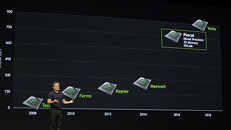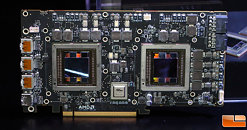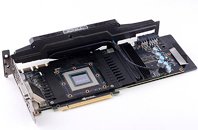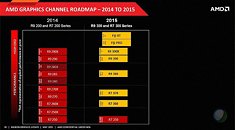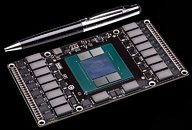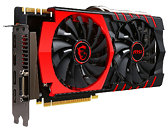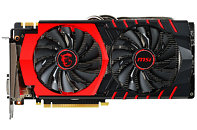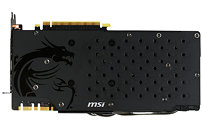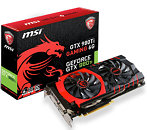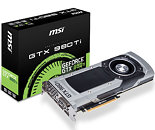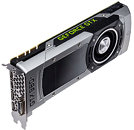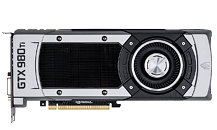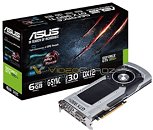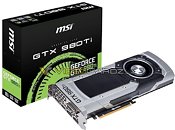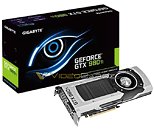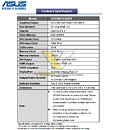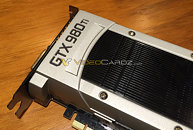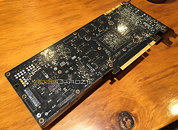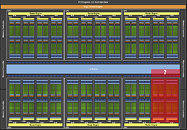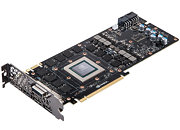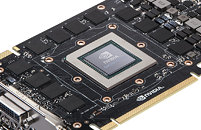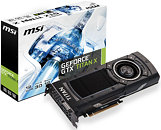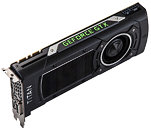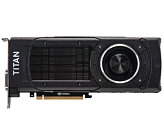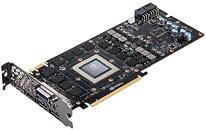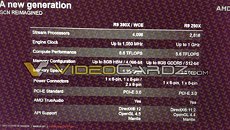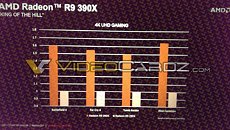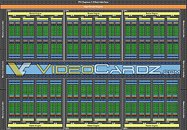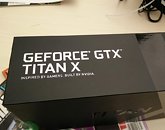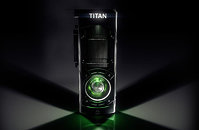Inno3D announced its flagship GeForce GTX 980 Ti based graphics card, the GTX 980 Ti iChill X4 Ultra. The card derives its name from a gargantuan custom air cooling solution by the company, which features four fans - three cooling the main GPU heatsink; and one along the card's top, cooling the memory and VRM. The main heatsink, a little over 2 slots thick, features a meaty aluminium fin-stack heatsink, with two aluminium fin-stacks projecting from a central base. This heatsink is ventilated by three 100 mm fans, suspended on a metal shroud, which is easily detachable by turning a few thumb-screws. The second heatsink draws heat from the heatspreader covering the memory and VRM, using a flat heat pipe, dissipating it under air-flow by a 60 mm spinner.
The card offers factory-overclocked speeds of 1152 MHz core, 1241 MHz GPU Boost, and 7200 MHz (GDDR5-effective) memory; against reference speeds of 1000 MHz core, 1076 MHz GPU Boost, and 7012 MHz memory. The underlying PCB is NVIDIA reference design, featuring an 8-phase VRM, and 6-pin + 8-pin PCIe power connectors. Display outputs include one each of HDMI 2.0, dual-link DVI, and three DisplayPort 1.2 connectors. Expect the card to feature a 10% pricing premium over reference. Based on the 28 nm GM200 silicon, the GTX 980 Ti offers 2,816 CUDA cores, 176 TMUs, 96 ROPs, and a 384-bit wide GDDR5 memory interface, holding 6 GB of memory. The card bundles a medium-sized mousepad with iChill branding, and a key to 3DMark (2013) Advanced.


